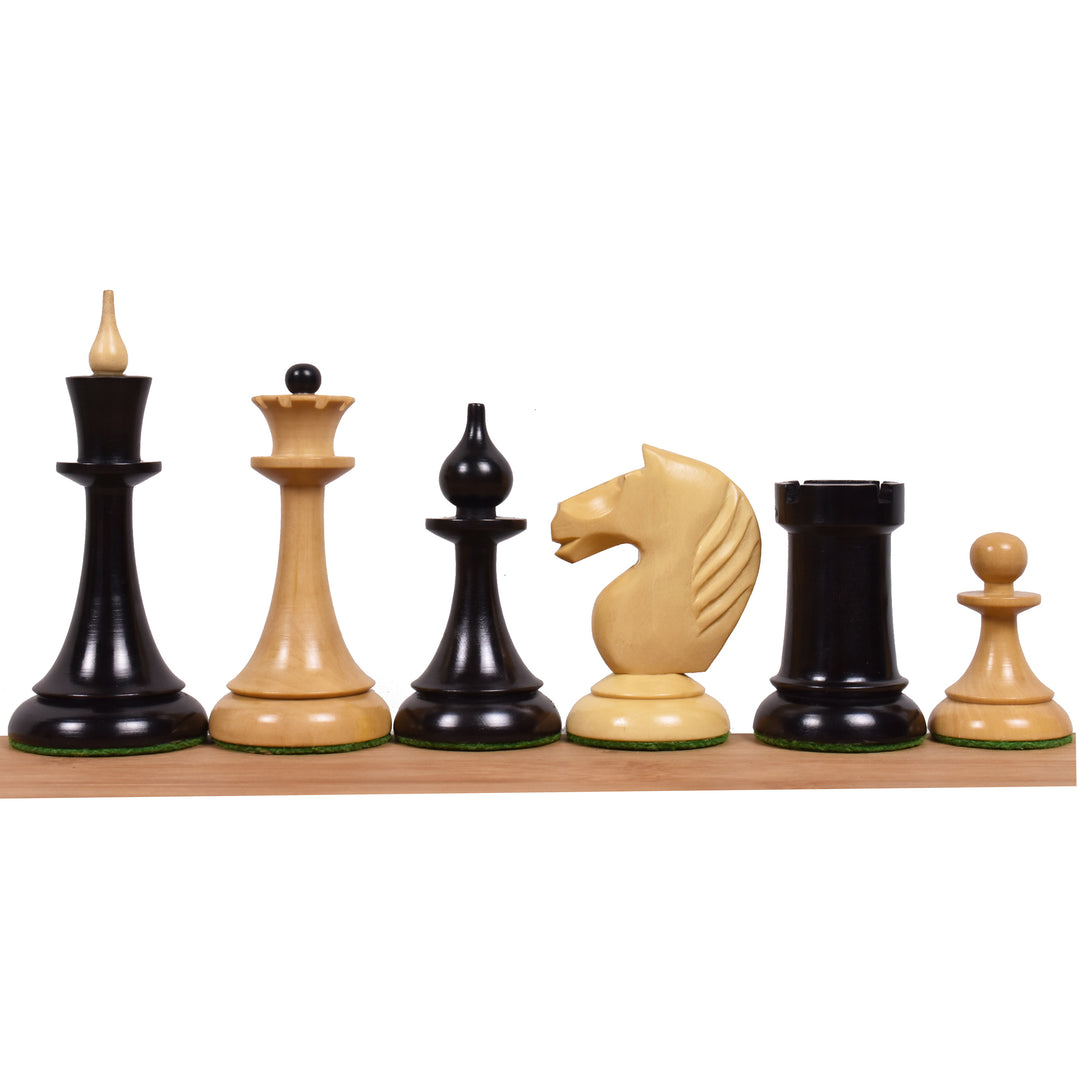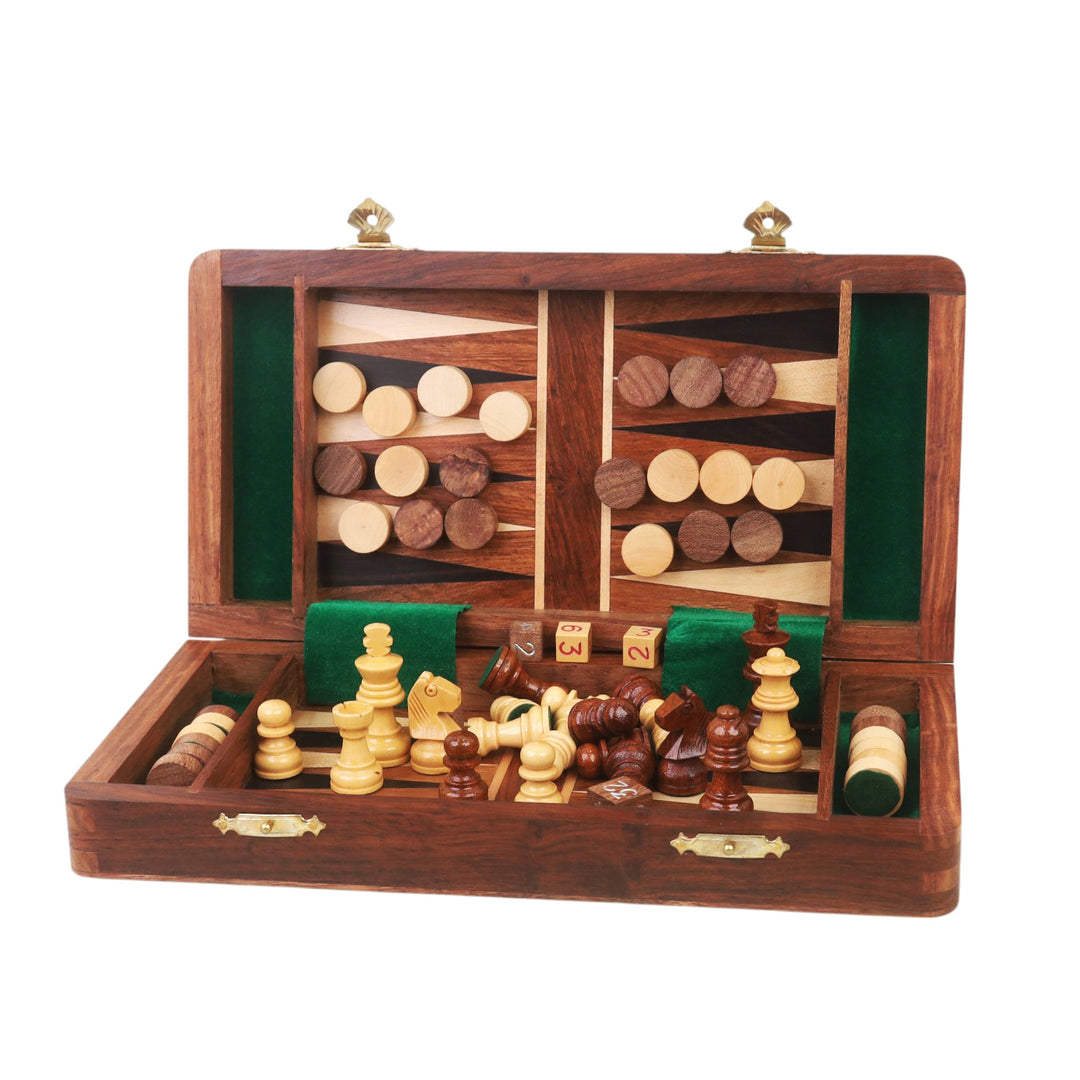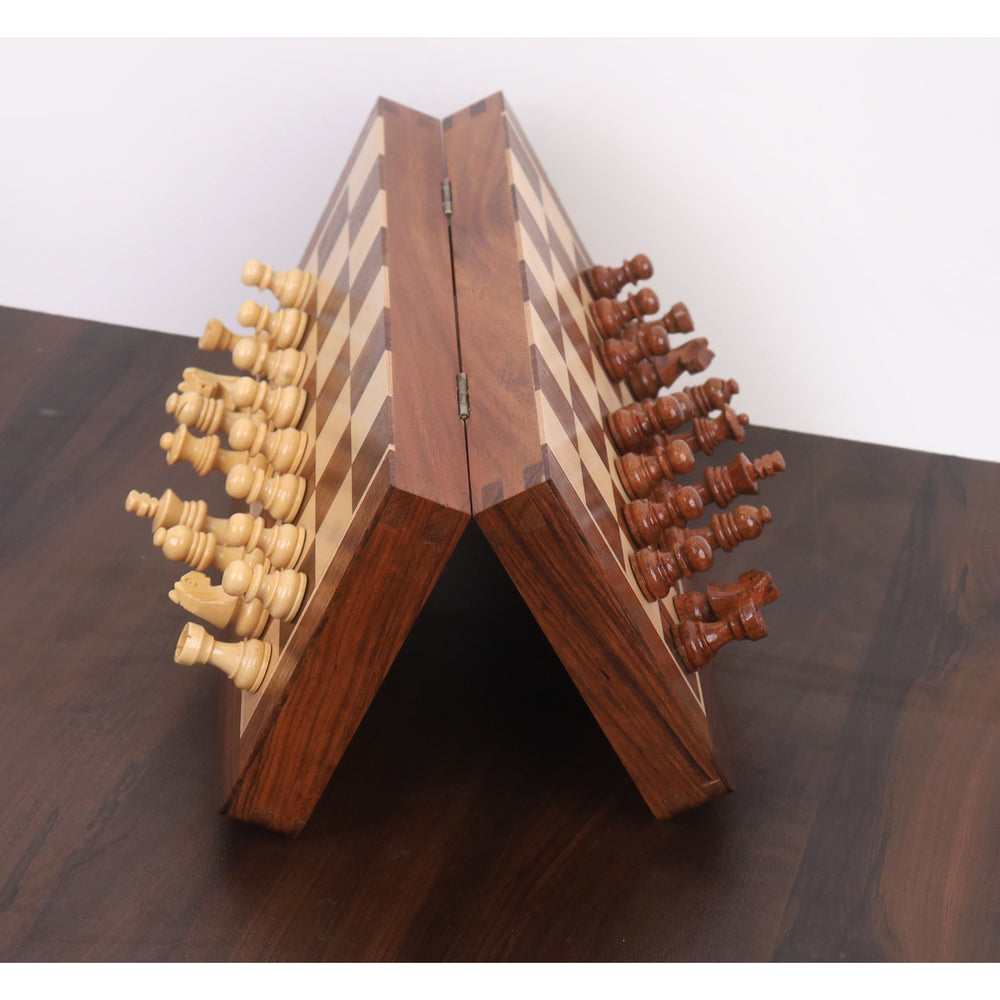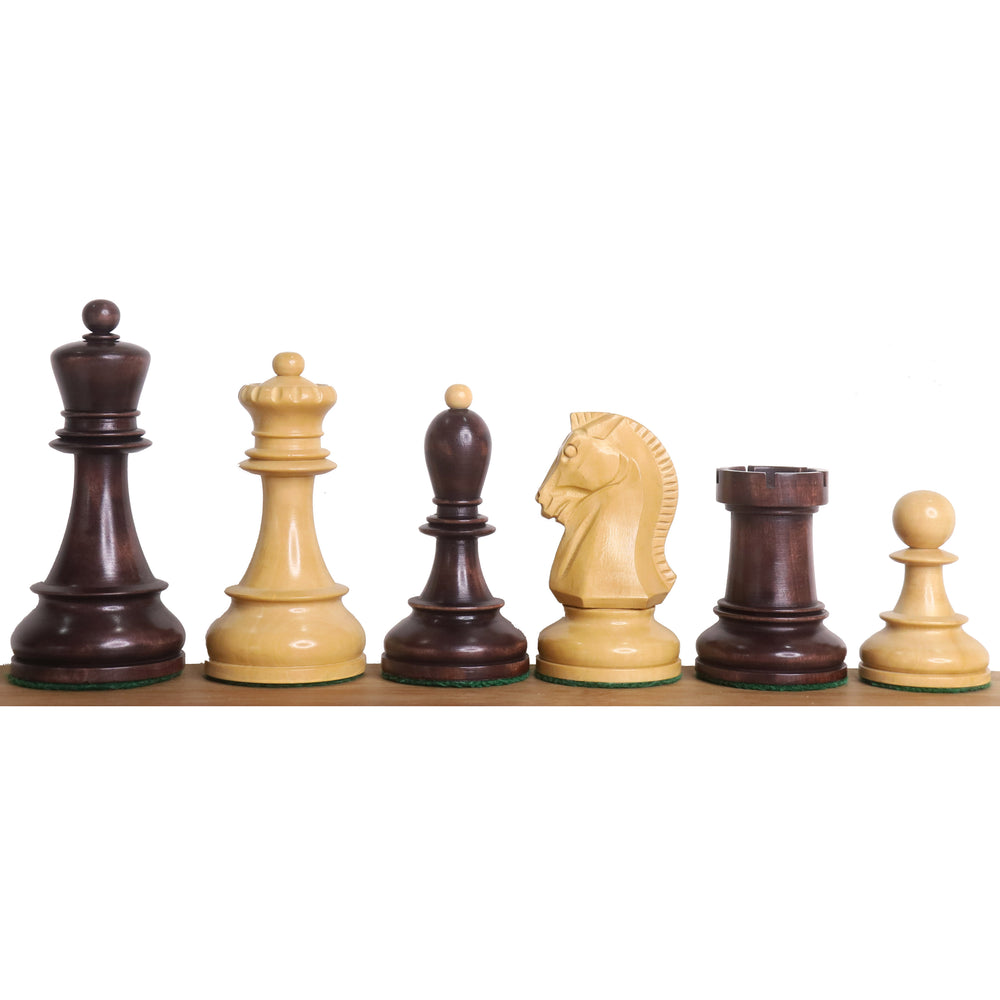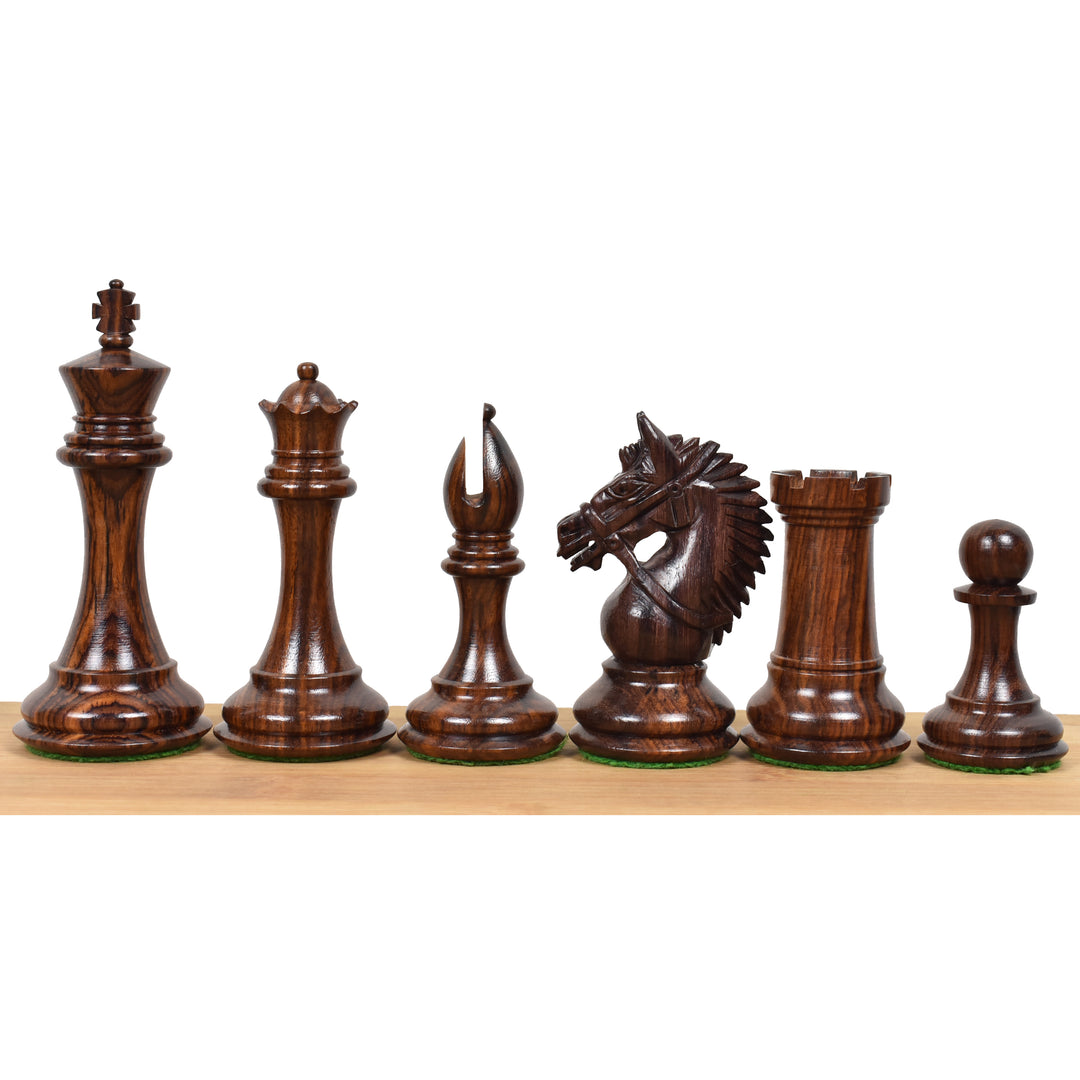Chess is a game that has been around for centuries and continues to be one of the most popular board games in the world. It has been played by kings and commoners alike and has been a source of inspiration for many great minds. Mastering the game is not a piece of cake. But to go a step closer to winning is knowing all the chess notations.
Knowing what is chess notation is crucial to further a game. It is nothing but keeping records of chess games already played. It is a way of recording moves made during the game to keep track of the progress of the game. Chess notation is also used to communicate moves between players and to analyze games after they have been completed.
What Is Chess Notation?
Chess notation is a standardized system used to record the moves and positions in a game of chess. It allows players to document their moves and recreate or analyze a game later on. Chess notation serves as a valuable tool for players to study, improve their skills, and understand the strategies employed by both themselves and their opponents.
The most widely recognized and used form of chess notation is algebraic notation. In this system, each square on the chessboard is represented by a unique combination of a letter and a number. The pieces are denoted by capital letters: K for king, Q for queen, R for rook, B for bishop, N for knight, and no letter for pawns. To record a move, the piece's abbreviation is followed by the square it moves to. Additional symbols may be used to indicate specific actions such as capturing, castling, or promoting a pawn. Chess notation provides a concise and consistent method of documenting chess games, making it easier to study, share, and analyze various strategies and positions. It is an essential aspect of the game, particularly in the realm of competitive chess.
Check Now: The Quick & Simple Guide to Chess Board Setup
Why Keep a Record of Chess Moves?
Keeping a record of chess moves is a critical part of the game. Not only does chess algebraic notation provide a way to look back at how the game has developed, but it also serves as a way to analyze your opponents’ strategies. Knowing what moves your opponent has made can help you anticipate their next move and plan your strategy accordingly. It can also provide insight into their overall strategy, allowing you to develop countermeasures. Keeping a record of your moves can help you identify mistakes and areas of improvement in your game.
The importance of recording chess moves is especially true in tournament play on large wooden chess sets, where it can be used to review game analysis after the game is over. By keeping a record of all the moves made, players can review the game and look for patterns and strategies that were used. This can help them to improve their game and identify areas of weakness in their opponents’ play. It can also provide invaluable insight into the overall strategies and strategies of other players.
Keeping a record of your chess moves is an important part of the game and can help players to improve their game and gain insight into the strategies of their opponents. Chess move notation systems provide an easy, efficient way to record the moves of a game. Different notation systems vary slightly, but generally, each move is designated by a letter or number that is used to indicate the type of move (e.g. pawn, knight, bishop, etc.), followed by the coordinates of the piece’s destination.
Types of Chess Notations
Many types of chess notations are used to play chess games at different levels. Some of them are explained below.
Algebraic Notation
The most basic form of chess notation is chess algebraic notation. This notation system uses algebraic letters and numbers to describe which piece moved, where it moved from and where it moved to. For example, a rook moving from the square e2 to the square e4 would be written as “R e2-e4”. This notation system is the most widely used and accepted system for recording chess games.
Descriptive Notation
Another widely accepted form of notation is descriptive chess notation. This system uses descriptive words to describe luxury chess pieces, squares and moves. For example, a rook moving from the square e2 to the square e4 would be written as “Rook e2 to e4”. This system is slightly more verbose than algebraic notation, but it can be easier to read and understand, especially for beginners.
Advanced Notation
Several more advanced topics and situations can be recorded in chess notation. For example, an En passant capture can be recorded with a single symbol, and chess notation examples such as “e.p.” pawn moves can be recorded with a single letter (“P”) or a combination of letters and numbers (“Pd4”). Checkmate can be recorded with the symbol “#”, and castling can be recorded with the symbol “0-0” for kingside castling and “0-0-0” for queenside castling.
International Numeric Notation
International Numeric Notation (also known as Long Algebraic Notation or SAN, short for Standard Algebraic Notation) is another system used for recording chess moves. It is a more detailed and precise form of algebraic notation that includes the ranks and files of both the starting and destination squares.
In international numeric notation, each square on the chessboard is represented by a combination of a letter and a number. The letters represent the files, ranging from "a" to "h", and the numbers represent the ranks, ranging from 1 to 8. The starting square of a piece is denoted first, followed by the destination square.
For example, moving a pawn from e2 to e4 would be recorded as "e2e4". If a knight moves from g1 to f3, it would be denoted as "g1f3". Captures are indicated by placing an "x" between the starting and destination squares. For example, if a bishop captures a piece on e5, it would be recorded as "Bxe5".
Promotions, En passant captures, checks, and checkmates are represented in the same manner as in algebraic notation. Pawn promotions are indicated by specifying the promotion piece after the destination square (e.g., "e7e8Q" for promoting a pawn to a queen on square e8). En passant captures are recorded by appending "e.p." after the move. Check is indicated by "+" and checkmate by "#". International numeric notation provides a highly detailed and precise way to record chess moves.
It is commonly used in chess literature, game analysis, and computer databases. While it may appear more complex than basic algebraic notation, it offers a comprehensive representation of chess moves and positions, facilitating accurate game analysis and study.
Check Now: The Ultimate Guide to Mastering the Official Rules of Chess
Chess Notation Software
Chess notation software refers to computer programs or applications specifically designed for recording, storing, and analyzing chess games using various notation systems, such as algebraic notation or international numeric notation. These software solutions offer a range of features that aid players, enthusiasts, and professionals in managing their chess games and studying their moves.
Chess notation software allows users to input moves manually or import games from various sources, such as online databases or personal records. The software then displays the moves on a virtual chessboard, providing a visual representation of the game's progression. Users can navigate through the moves, annotate them with comments or variations, and easily review and analyze specific positions. One of the key advantages of chess notation software is the ability to generate detailed game reports.
Users can export games in various formats, such as Portable Game Notation (PGN), which is widely supported across different platforms and chess applications. These reports can be shared with others or used for further analysis using specialized chess engines or databases. Chess notation software often incorporates additional features to enhance the analysis process.
This includes the ability to calculate and display the evaluation of positions, provide opening tree analysis, suggest alternative moves, and generate statistics about a player's performance. Some advanced software may even allow users to play against computer opponents or connect to online chess servers for real-time gameplay and analysis.
Chess Notation Examples
Here are some examples of chess notation using algebraic notation:
- e4 - Pawn on e2 moves to e4.
- Nf6 - Knight on g8 moves to f6.
- d4 - Pawn on d2 moves to d4.
- exd5 - Pawn on e4 captures the pawn on d5.
- Nxd5 - Knight on f6 captures the pawn on d5.
- Bb5+ - Bishop on f1 checks the opponent's king on e8. 6...c6 - Pawn on c7 moves to c6 in response to the check.
- dxc6 - Pawn on d7 captures the pawn on c6.
- Ba4 - Bishop on c8 moves to a4. 8...bxc6 - Pawn on b7 captures the bishop on a4.
- Bxc6+ - Bishop on c8 checks the opponent's king on e8. 9...Nd7 - Knight on f6 moves to d7 in response to the check.
- Bxd7# - Bishop on c8 captures the bishop on d7, resulting in a checkmate.
Check Now: Improve Your Chess Game With Expert Tips & Tricks for Chess
Conclusion
Whether you’re playing casually or looking to improve your game, it’s important to have a solid understanding of chess notation. Reading chess notation is an essential skill for any aspiring chess player. With this guide, you should now understand how to read and write chess notation, as well as some of the more advanced topics and situations that can be recorded in chess notation.
Royal Chess Mall offers a premium selection of luxury chess set, Dubrovnik chess set, Staunton chess set, Staunton chess pieces & chess tables, enhancing the chess-playing experience with high-quality & elegant options.
Also, for chess enthusiasts seeking aesthetics in their gaming experience, consider options like the minimalist chess set, featuring sleek design and functionality. Store your pieces in a stylish storage box for chess pieces or elevate your game with a tournament chess set. Alternatively, indulge in luxury with a marble chess set, blending craftsmanship and timeless elegance.








